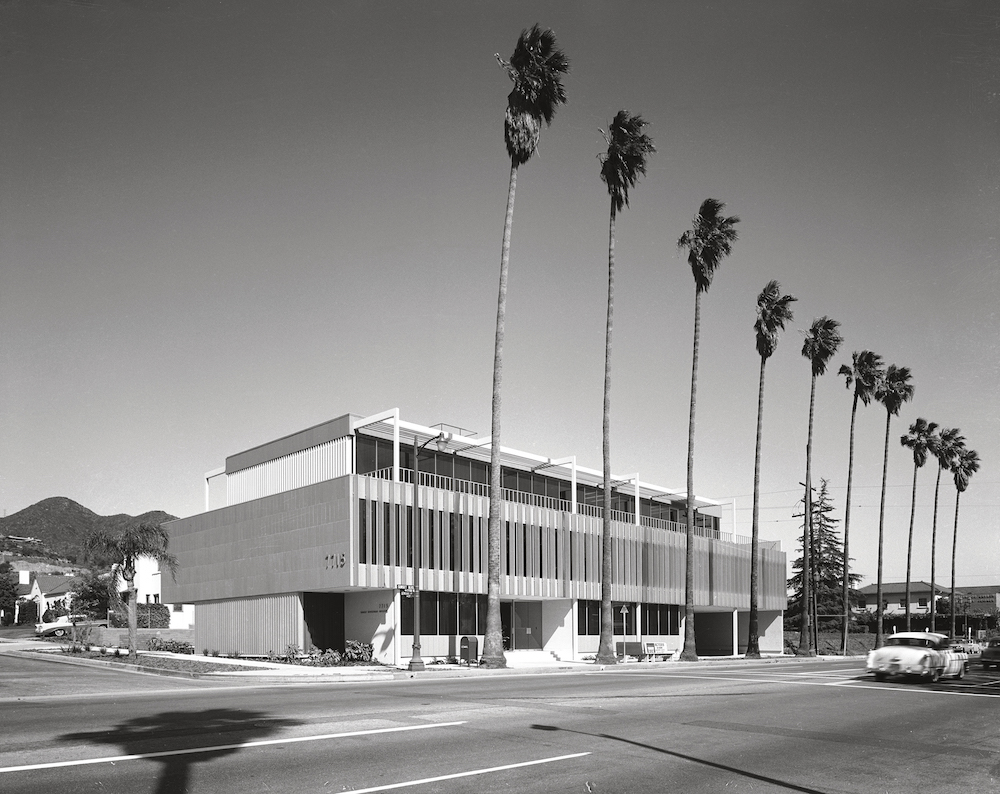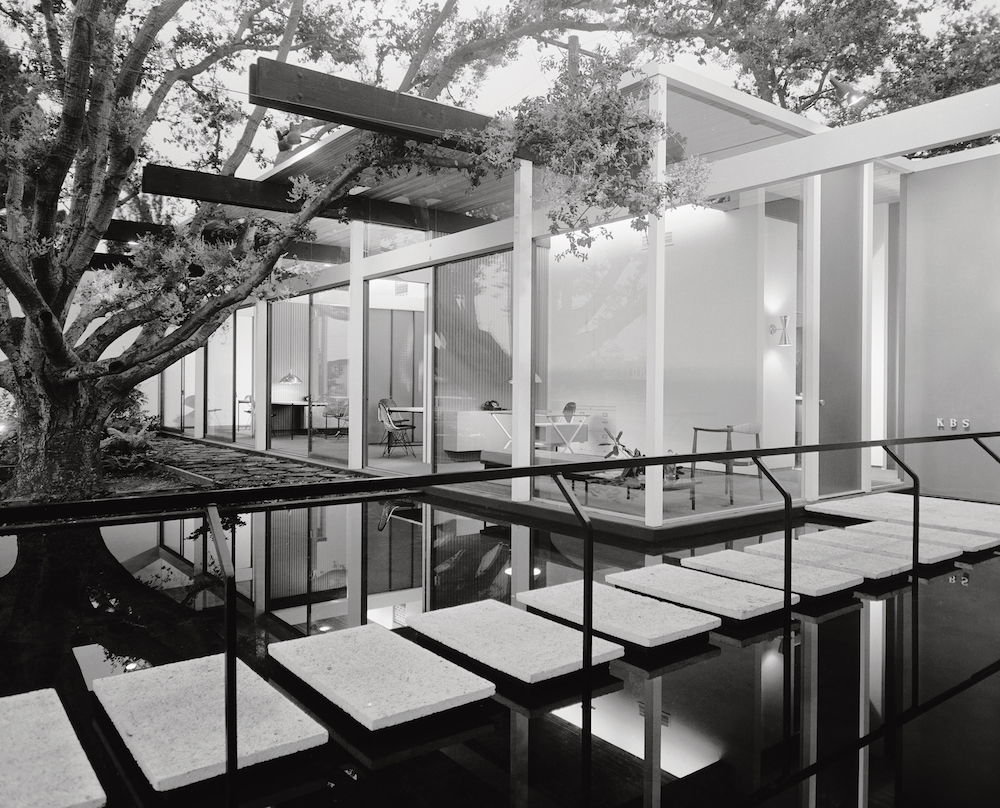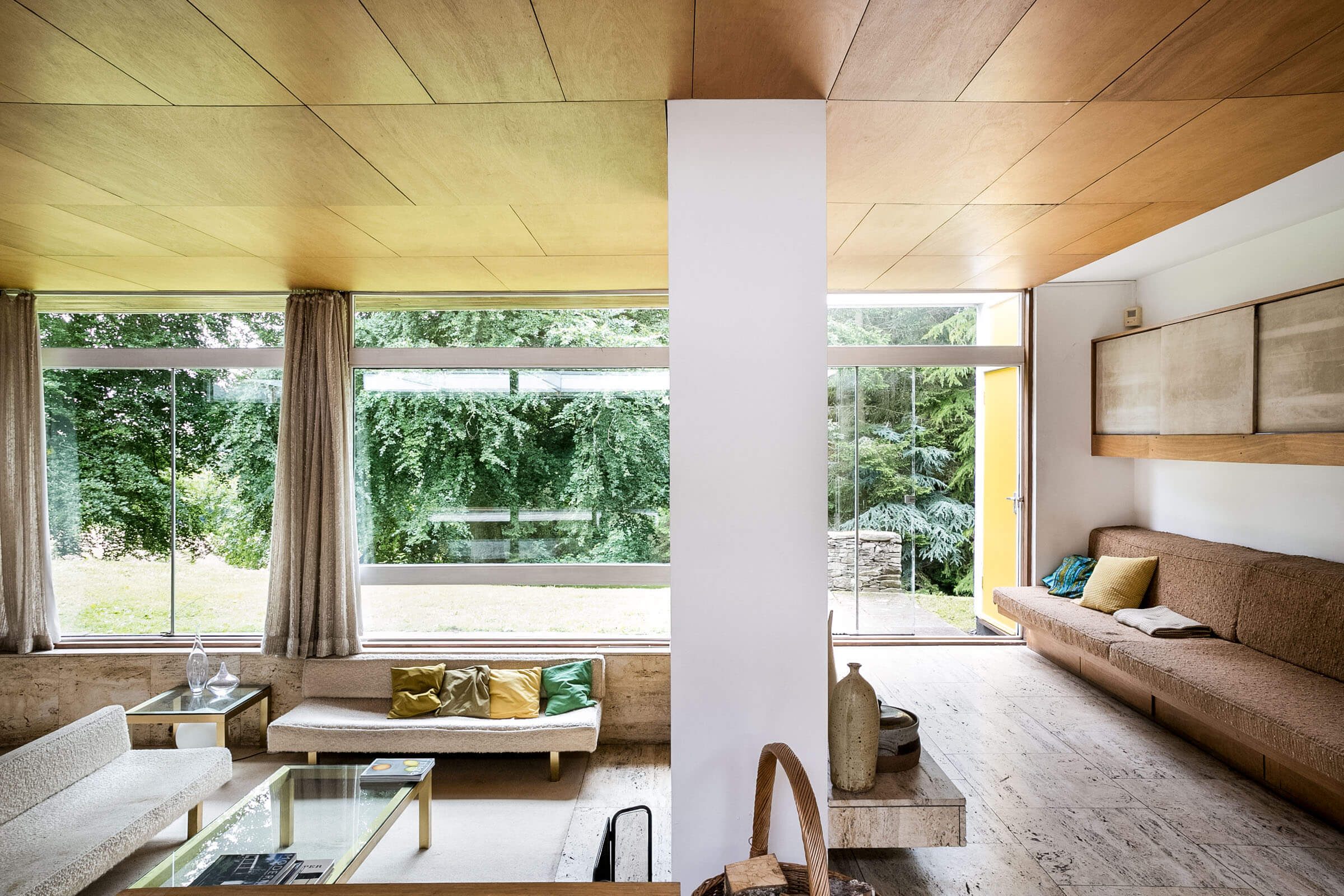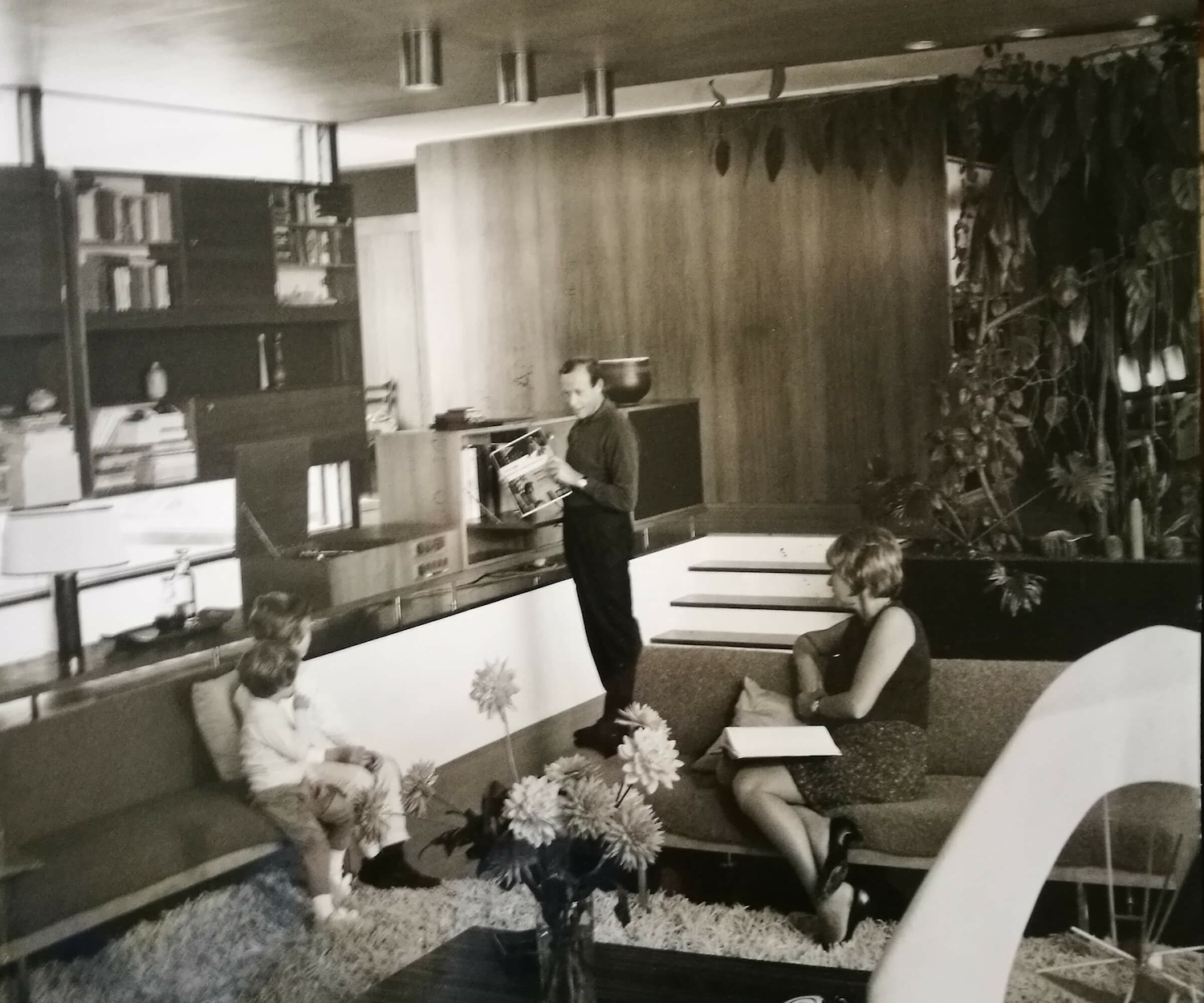Port discovers the architectural photographer who immortalised Los Angeles’ iconic Modernist buildings

Marvin Rand was a native Angeleno. In a city where most people have come from somewhere else in search of something better, Rand’s photographs – many lost to time since the mid-century – reveal the perspective of an insider. The images he produced reflect a career that celebrated the city’s most important contributions to architectural history, particularly that of California Modernism.
In the mid-twentieth century, Los Angeles was characterised by stunning urban growth, industrial expansion, and a populace of open-minded design patrons. These factors spurred a period of incredible architectural innovation that established this urban conglomerate as a pacesetter on the international design scene. The city’s lush relationship with the outdoors, graceful steel-frame structures, and apparent ease of living also captured the imagination of a broad populace – and continues to do so. LA has been rightfully regarded as one of the world capitals of the Mid-Century Modern.

This LA can’t be fully understood without examining Rand’s seminal role in launching architectural careers and shaping how the city was pictured and marketed. Importantly, his understanding of this period wasn’t based on a reductive idea of what Mid-Century Modern entailed, in terms of a particular way of living or even a specific moment in time. As a sympathetic Angeleno, Rand understood his hometown as a dynamic entity that fostered continuous experimentation. Ever curious, he was a perfect match for the city as a perpetually changing place. He sought out the newest contributions to its built environment while also working to salvage early Modern buildings that had laid the historical groundwork for more recent innovations. Rand entered the scene at an opportune time. An effervescent publishing industry had embraced the creed that design was indeed within reach for the masses and that it represented the zeitgeist of the postwar California citizen. While Rand’s career must be understood as bridging Modernism to the new approaches that followed, his contribution to promoting Mid-Century architecture is a vital one.

Rand’s signature was both distinct and sought after in mid-century Los Angeles’s burgeoning architectural scene. The proliferating practices spatialising the technological achievements of the military for a postwar society, such as the development of plastics, plywood, and glues for the aircraft industry – and their increasingly progressive client base – found in his pictures a profoundly impactful representation of the city’s visionary designs. These new construction technologies widened dramatically the design vocabulary of architecture, allowing longer spans between structural elements, open plans, large expanses of glazing, and an overall lightness of the building massing.
From the early stages of his career in 1950, Rand contributed authoritatively to a total rethinking of how to depict the urban and suburban architecture. The great accomplice in Rand’s output is the Southern California sun, casting hypnotic shadows on Modernist surfaces all year round. The tropical vegetation topped it off. Palm trees and cars became inseparable companions in the iconography of the modern in southern coordinates captured in 4-by- 5-inch negatives.

A Rand hallmark was shooting in natural light. He saw himself as the first recipient of the architectural experience, and his mission was to broadcast his awe to everybody else. After all, by his own description, his mandate was “the recording of contemporary architectural projects for publication.” Behind this detached description of his professional purpose was a passionate advocate of the modern in all aspects of design, from textiles to industrial design to signage to the city.
Rand believed that “the architectural photographer should never be set up as a critic. Our role is to enhance and state the content of the building in an aesthetic way.” He did, however, buy into the possibility of architecture of its own time, particularly design that was within reach of the working class as well as the elite. His photographs, full of conviction for Modernism, helped build consensus for this new idiom and bridged the gap between the pioneers and the multitude.

California Captured: Mid-Century Modern Architecture, Marvin Rand, published by Phaidon, is out now




